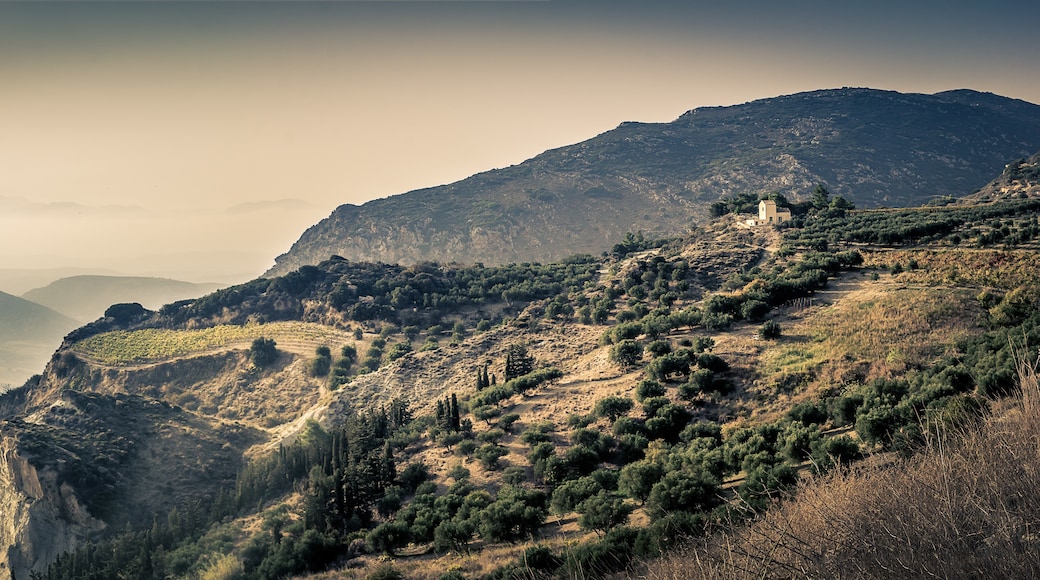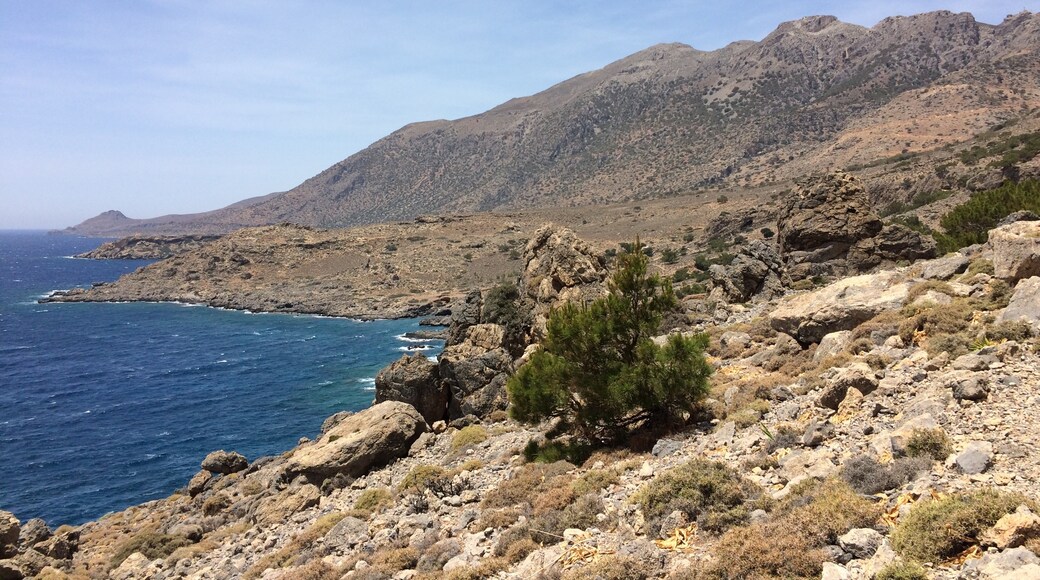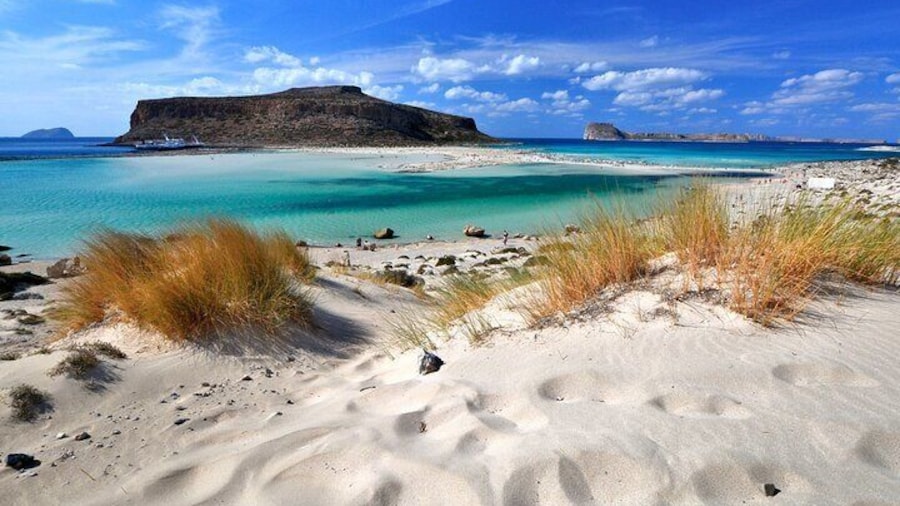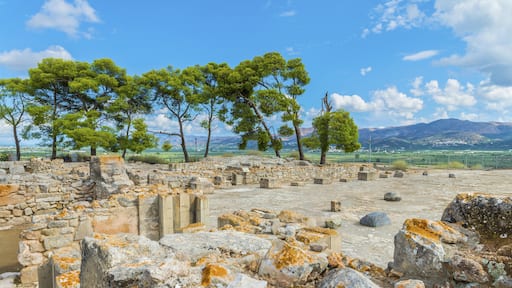Lose yourself in ancient history as you explore the ruins and relics of this millennia-old city, home to one of the first written legal codes in Greece.
With a ruined acropolis, a legendary Christian church and a tree where Zeus is said to have had an affair, the ancient city of Gortyna is enviably rich in historical monuments. Visit for yourself and marvel at the depth and breadth of history on display at this invaluable archaeological site.
According to historians’ best estimates, the Gortyna region was first settled around 3000 B.C. By 1600 B.C., this area was home to a flourishing Minoan community, and the city of Gortyna went on to be the capital of Crete under Roman rule. Archaeological discoveries were made in Gortyna as early as 1884, so the site has been home to important excavations for over a century.
The first point of historical interest discovered in Gortyna was the Great Inscription, an ancient wall upon which the city’s laws were engraved. Make sure to see this fascinating site, one of the earliest known examples of a written code of law in Greece, and investigate the letters that were carved into the stone millennia ago. Seek out the famous plane tree under which Zeus and the princess Europa allegedly had their affair in Greek myth.
Head to the ruins of the city’s acropolis and admire the fragments of statues and buildings that have been uncovered there. Gortyna is home to more than 1,500 such relics over its size of some 4 square kilometres (1.5 square miles). As such, it is one of Greece’s most important archaeological sites, not to mention the largest in all of Crete.
Gortyna’s rich heritage is not only classical but also Christian. It was in fact one of the first cities in Greece to convert to Christianity. Visit the Byzantine Church of St. Titus, dedicated to the first Bishop of Crete, for an insight into this particular tradition.
Gortyna is open to tourists all throughout the year, but it is closed for holidays. Entry will cost a small fee. The site is roughly 45 kilometres (27 miles) from central Heraklion, and is best accessed by guided tour, taxi, or rental car. The on-site visitor centre has a café and a gift shop.


















